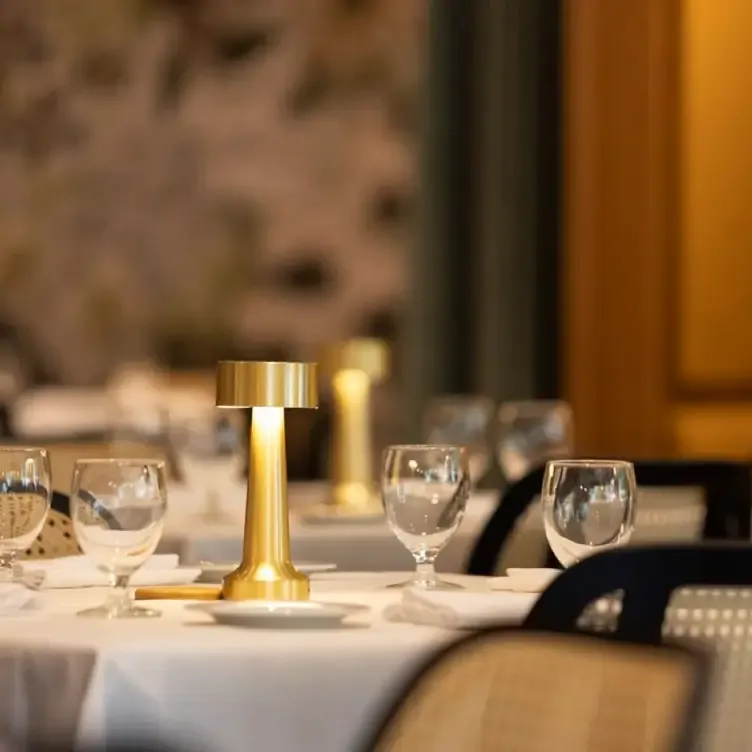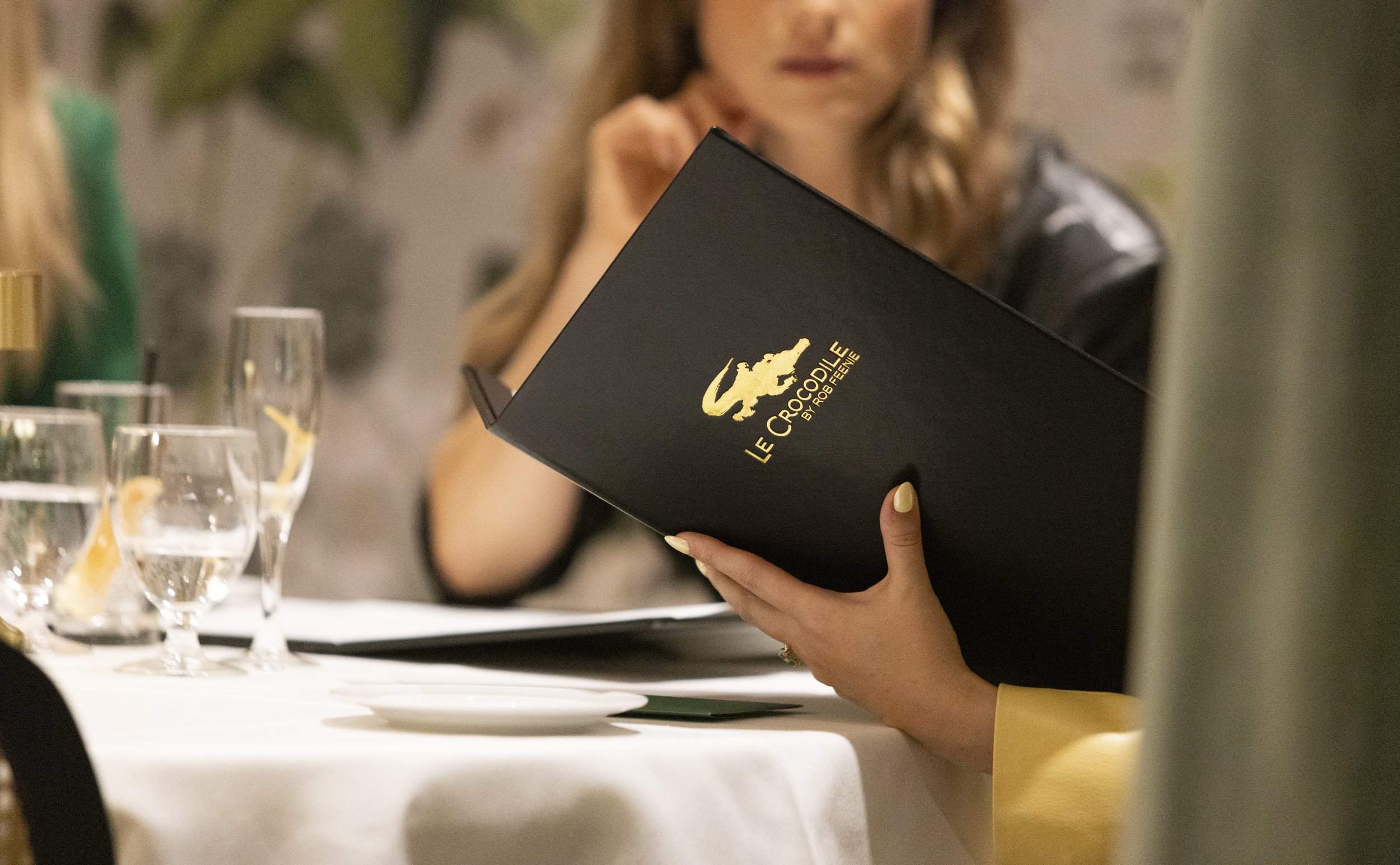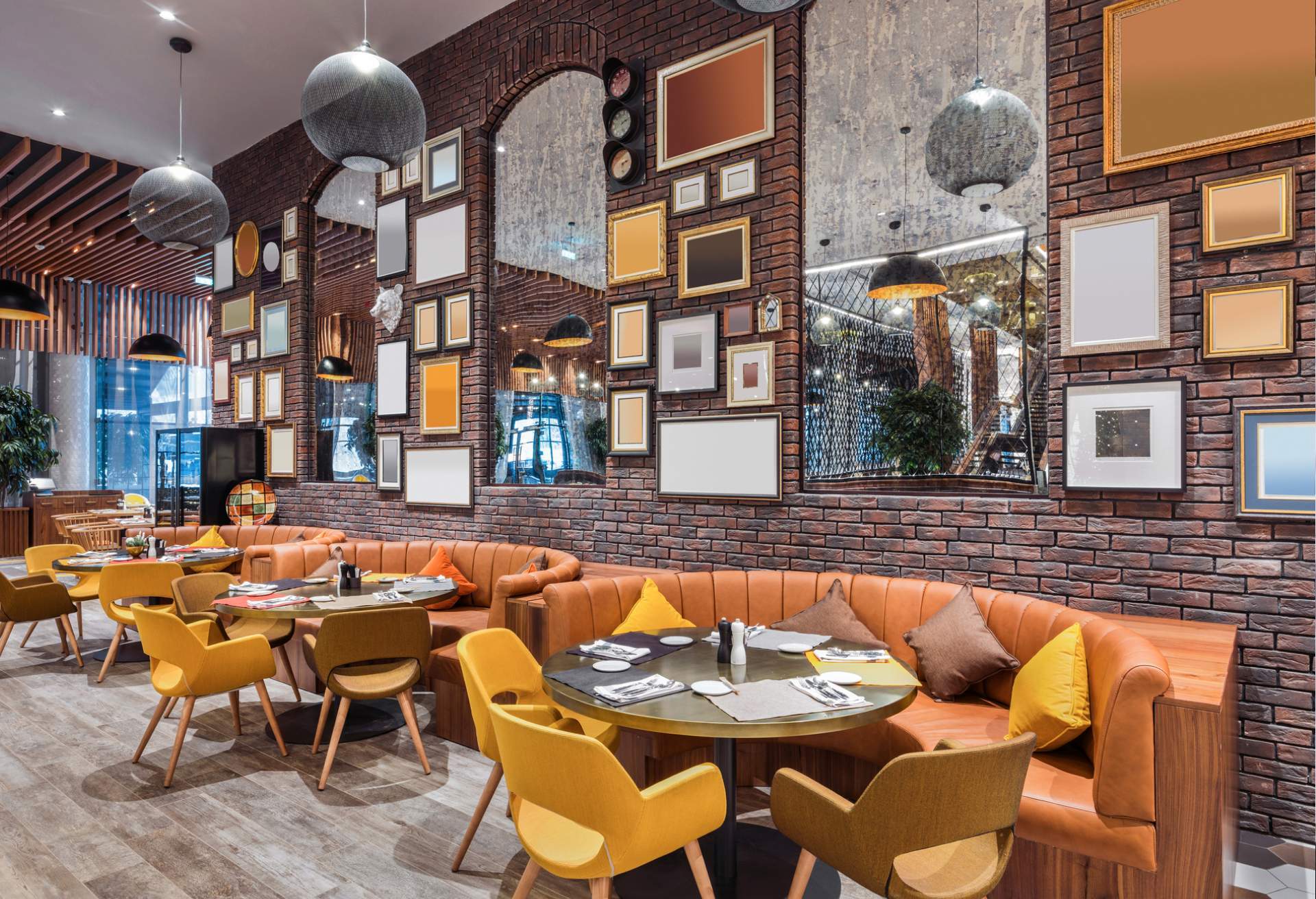In the heart of Vancouver, an iconic restaurant is writing a new chapter in its 40-year history. Le Crocodile by Rob Feenie, under the guidance of industry veteran Jim Taylor and the restaurant’s namesake, award winning Executive Chef, Rob Feenie, is proving that even the most established spots can benefit from operational fine-tuning.
Jim, a partner at Le Crocodile by Rob Feenie, brings over three decades of experience to the table. His consultancy, Benchmark Sixty, has worked with more than 300 restaurants, while his strategies also come to life at Le Crocodile by Rob Feenie.
If anyone knows a thing or two about improving restaurant operations, It’s Jim. OpenTable caught up with the CEO of Benchmark Sixty and a partner at Le Crocodile by Rob Feenie to see how restaurants can improve and take their operations to a new level.
Here are seven strategies that Jim and his team use to elevate their restaurant operations.
1) Optimize menu design and offerings
Sometimes, less really is more. “That’s the case at Le Crocodile by Rob Feenie”, says Jim. “We’ve taken the menu down to 26 items from 52. And we haven’t had any guests complain that the menu is half the size.”
This streamlined approach isn’t just about simplification. The goal is maximizing profitability and efficiency. Jim advocates focusing on contribution rather than cost percentage. “I would rather sell a $50 dish that runs 50% food cost than a $20 dish at 25% food cost,” he explains. This strategy makes sure that each dish is pulling its weight in terms of profit.
The benefits of a streamlined menu extend beyond profitability. “It made almost every single motion in the kitchen simpler,” Jim notes. “Inventory was quicker and easier. Managing costs was easier, too.” The result was faster service, reduced waste, and more consistent quality—all factors that contribute to a better guest experience.
When it comes to seasonal items, Jim recommends a 90-day cycle. “We try to encourage seasonal features to be at least 90 days at a time,” he says. Taking this approach balances menu freshness with operational efficiency, all the while reducing the need for frequent staff retraining.
However, Jim also warns about the importance of proactive cost management when it comes to seasonal items. “Take Cauliflower. In some markets, it can actually quadruple in price,” he points out. “Someone might put a cauliflower appetizer on the menu in the summertime. But by October, it could be four times the price, and they could actually be losing money every single time they sell it.”
This only underscores the need for constant vigilance and adaptability in menu planning.
2) Focus on seating and space utilization
Jim’s approach to seating is all about flexibility. “We encourage restaurant management to build their space in as flexible a way as possible,” he advises. This means designing for smaller groups but allowing easy combinations for larger parties.
At Le Crocodile by Rob Feenie, the strategy has paid off. “Cover count is everything,” Jim emphasizes. By prioritizing flexible seating, they accommodate more guests and maximize their most valuable metric: the number of diners served.
Jim shares a practical example from his past experience: “We actually went and physically cut every single table for four in a restaurant, at every single branch across the country, in half.” A seemingly drastic move, but one that was based on data showing how many two-person parties were being seated at four-tops, effectively halving the potential revenue for those tables.
“Unless it’s a specialized business like a banquet hall or an event space, we would encourage operators to consider everything as small a group as possible and build from there, rather than dedicating space to eight or ten and not being able to seat a smaller group,” Jim advises.

3) Use restaurant technology to streamline tasks
The right tech can make all the difference, streamlining operations and making things that little bit easier for staff. Jim’s advice? Focus on restaurant technology that either increases guest count or decreases employee hours.
“We use OpenTable more than any other piece of technology in the restaurant,” Jim reveals.
From day-to-day marketing to measuring daily success, it has become an integral part of Le Crocodile by Rob Feenie’s operations.
Jim emphasizes the importance of using technology to drive cover count. “We look at OpenTable for day-to-day marketing. We use the Boost Feature all the time,” he says. “OpenTable is how we measure the success of the day.”
But Jim also cautions against technology overload. “People are getting SaaS fatigue,” he notes. “Where they’ve got so many subscriptions and it just starts. They’re all $100 a month, $200 a month, $300 a month. And before you know it, you’ve got $3,000 a month in SaaS fees and you don’t really know what they’re doing.”
The key, according to Jim, is to focus on technologies that provide clear, measurable benefits. “If it’s going to do one of those two things (increase guest count or decrease employee hours), there’s a really good opportunity using that technology,” he advises.
4) Improve kitchen productivity
Jim is a strong advocate for Kitchen Display Systems (KDS) for improving productivity. “We encourage operations teams to implement KDS systems,” he says. “It can dramatically improve kitchen operation and helps the back of house run smoother.”
While the initial investment might seem steep—between $10,000 and $30,000—Jim believes it pays off quickly in labour savings and increased efficiency. “That will pay itself back incredibly quickly from a labour perspective,” he states.
KDS systems can help streamline operations by reducing the need for verbal communication, minimizing errors, and providing real-time data on kitchen performance. The technology can be particularly valuable in high-volume restaurants or those with complex menus.
5) Enhance staff training and development
A well-trained, efficient team is everything to a restaurant’s success. At Le Crocodile by Rob Feenie, staff are equipped to use technology and deliver personalized service, demonstrating the importance of ongoing training and development.
The importance of staff training is particularly evident when implementing new systems or menu items. For instance, when discussing seasonal menu changes, Jim notes, “We try to encourage seasonal features to be at least 90 days at a time so that you’re only retraining the staff four times a year rather than once a week or every two weeks.”
Taking this approach not only reduces training costs but also helps make sure that staff are confident and knowledgeable about the menu. This in itself typically leads to better service and potentially higher sales.
6) Use data analytics
For Jim, data is king, especially when it comes to guest count. “The number one piece of data that operators can take advantage of is guest count,” he insists.
Le Crocodile by Rob Feenie uses this data proactively. “If I look two weeks from now on OpenTable and see that Tuesday has 100 guests booked, but Wednesday has 200, I need to figure out how to drive more traffic to Tuesday,” he explains. It’s a forward-thinking approach that allows the restaurant to balance demand and optimize staffing.
Jim encourages restaurateurs to focus on key metrics, the data that drives business performance. “We encourage operators to compartmentalize data,” he says. “Don’t focus on the result. Focus on the things that will improve the result.”
For instance, when managing labour costs, Jim advises looking at the guest count, average guest spend, and overall employee hours. “If guest count is going up, employee hours are going down, and average guest check is going up, we know that you’re going to be in a good position financially,” he explains.
Taking a data-driven approach allows restaurants to make informed decisions about staffing, marketing, and overall strategy. Using data effectively helps drive restaurant business performance.
7) Implement customer relationship management systems
At Le Crocodile by Rob Feenie, CRMs and similar options are used to create memorable experiences. This is something Jim advocates that all restaurants do. “The biggest thing that wows the customer is when they come back, and we say, ‘How was your Dover sole last time? Are you going to have the same glass of Chablis?'” Jim shares.
Such level of personalized service, facilitated by OpenTable, has significantly enhanced guest loyalty and satisfaction at Le Crocodile by Rob Feenie. Jim emphasizes the importance of using data to enhance the dining experience, not just for marketing purposes.
“To me, the biggest thing with customer relationship management at Le Crocodile by Rob Feenie is about those touches that make the service better,” Jim explains. “There’s obviously an opportunity to do better marketing to drive more traffic. All of those things are really good as well.
“But the biggest thing we’ve seen that wows the customer isn’t if they get an email saying come back, it’s when they come back and we know about them.”
Jim also notes the peace of mind that comes from having a solid system in place. “Even from an ownership perspective, the fact that I have the ability to make notes on a guest profile so that I know that they’re really well taken care of next time if I’m not there, there’s a peace of mind there,” he says.
Summary: Improving restaurant operations
Jim’s strategies at Le Crocodile by Rob Feenie demonstrate that even iconic restaurants can benefit from operational fine-tuning. By focusing on these areas, restaurants of all sizes can enhance efficiency, boost profitability, and most importantly, create exceptional guest experiences.
As Jim reminds us, “It’s about the guests and people in the door.” With these strategies in place, you’re well-equipped to welcome more diners and turn them into loyal regular guests. Whether you’re running a neighbourhood bistro or a chain with multiple locations, take your restaurant operations to the next level.




